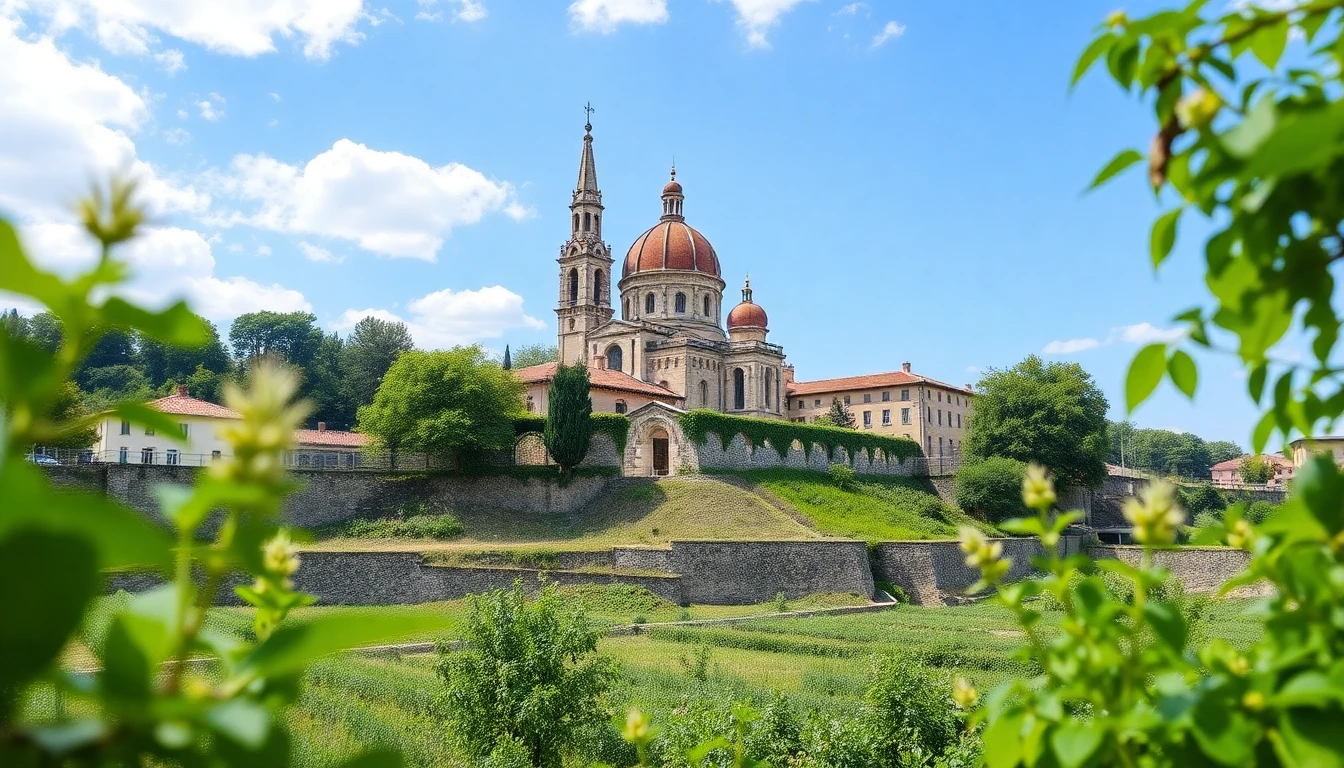
Europe, for its tapestry of history, is at that critical juncture when the increasing surge of climate change can tear it apart. This continent now faces the pressing challenge of safeguarding its precious monuments and antique architecture from the ravaging forces of a warming climate, even as it strives to find newer ways of innovating and modernizing urban areas in a manner that ensures sustainability and resilience.
With climate change setting in, temperatures soaring and erratic weather patterns, it does pose a very unusual strain on historic sites. These sites-from the iconic canals of Venice to the majestic cathedrals of Paris-are important not only as cultural and historical beacons but also as great economic contributors through tourism. The deterioration of ancient structures caused by harsh climate conditions recently made cities all over Europe reassess their preservation strategies.
This makes urban planners and conservationists the lead characters in a race against time to have tradition square up with futurism. Protecting the past, therefore, has enlisted advanced technology, material science, and innovative architectural practices in very many ways. For example, installing smart sensors in old buildings will deliver, in real time, vital data on structural health that enables timely intervention to prevent decay and collapse.
Further, cities are making use of the latest methodologies like 3D scanning and digitization in order to painstakingly record each inch of their historic site. This will not only contribute to its restoration process but also preserve such a cultural heritage for future generations when the physical entities may have given in to environmental stresses.
On the urban front, a push for green building standards and renewable energy solutions is taking center stage. Innovative eco-friendly architecture not only works towards improving new structures but also tries to retrofit existing historic buildings, making them more energy-efficient and resilient against various adversities of the climate. Installation of rooftop gardens, solar panels, and advanced insulation-just to name a few of the installations contemplated.
Yet again, these labors also do not come without certain difficulties. The delicacy with which modernization has to tread with the aesthetic and historical preservation of ancient buildings is a tough one. Very often, those places come under regulatory protection, and hence interventions can be made only in a highly heedful manner so as not to disturb the essential authenticity of the architecture. This takes into account the greater communication and collaboration between policy makers, conservators, architects, and the public, promoting one strategy that respects both conservation and innovation.
While the European Union is brought to the fore within the greater geopolitical environment, allocations for financing and resource management help fuel a plethora of research and projects on the impacts of climate on cultural heritage. Transnational cooperation and knowledge exchange are highly valued as key aspects in confronting this challenge, crossing the continent. Along this line of thought, it is expected that Europe could elaborate a common set of solutions for climate resilience through pooling expertise and fostering cross-border projects to reinvigorate its commitment to cultural identity and continuity.
The farther we go into the 21st century, the more this struggle of Europe to preserve its historical landmarks while marching with each step toward a sustainable future embeds within itself a story of resilience, innovation, and cultural pride. In so doing, addressing these urban dilemmas means that Europe protects not only its past but pioneers for the rest of the world a legacy of adaptive heritage management.
#Europe #ClimateChange #HeritageConservation #UrbanInnovation #SustainableArchitecture #CulturalHeritage #ClimateResilience #HistoricalPreservation
Author: Megan Clarke




